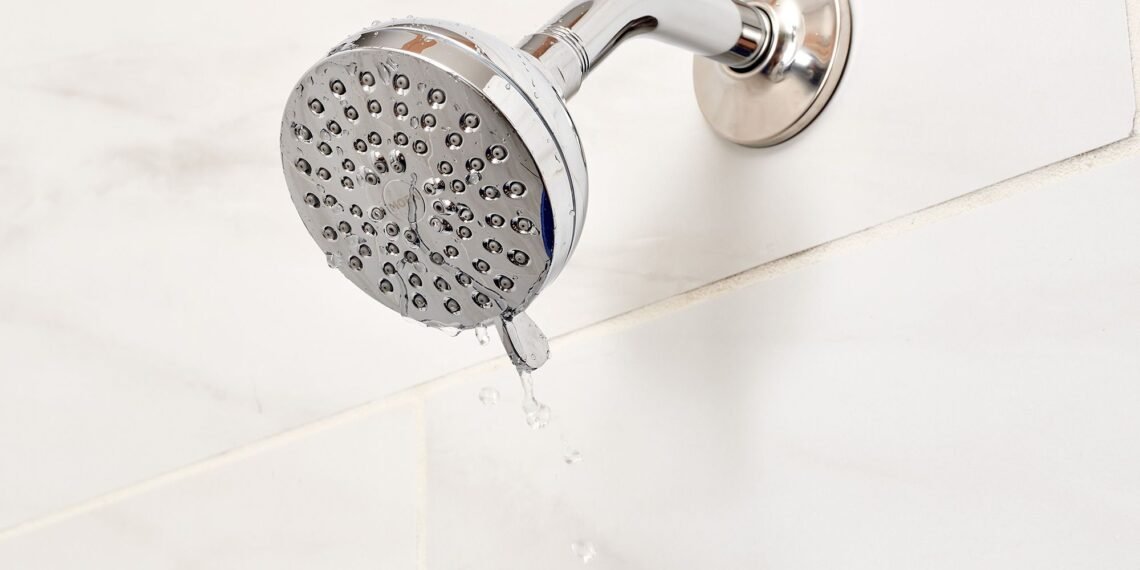Leaky faucets are not just a nuisance that disrupts our peace and quiet; they can also lead to a steady drain on our finances and a significant waste of water. In this blog post, we’ll explore the impact of leaky faucets on both your wallet and the environment, guide you through the identification of different types of leaks, provide step-by-step instructions for DIY repairs, and even discuss the potential benefits of upgrading to water-saving models.
Quantifying the Water Waste and Financial Impact
Before we dive into the solutions, let’s take a moment to understand the scale of the issue. According to plumber Roseville, a single faucet that drips at a rate of one drip per second can waste more than 3,000 gallons of water per year. Not only is this detrimental to the environment, but it can also lead to a noticeable increase in your water bill.
To put it in perspective, think about the cost of water per gallon in your area and multiply that by the number of gallons wasted due to a leaky faucet. The result may surprise you, highlighting the urgent need to address those seemingly insignificant drips.
Identifying the Source of the Leak

Faucet leaks come in various forms, and understanding the source is crucial for effective repair, as stated by plumber Roseville. The most common types of leaks include those caused by worn-out washers, faulty cartridges, and issues with the O-rings. Identifying the specific type of leak is the first step toward a successful repair.
- Washer Leaks: Typically found in compression faucets, washer leaks occur when the rubber washer at the base of the valve stem deteriorates. Water seeps through the damaged washer, causing the drip.
- Cartridge Leaks: Common in single-handle faucets, cartridge leaks result from a worn-out cartridge. Replacing the cartridge is often the solution to this type of leak.
- O-Ring Leaks: O-rings are responsible for sealing various parts of the faucet. When these rubber rings degrade, leaks can occur around the spout or handle.
Also Read – Can Your Container Home Stay Moisture-Free?
DIY Repair Guide
Now that you’ve identified the source of the leak, it’s time to roll up your sleeves and tackle the issue yourself. Here’s a step-by-step guide for common faucet repairs:
- Turn Off the Water: Before you begin any repair, turn off the water supply to the faucet. This is usually done by shutting off the water valves located beneath the sink.
- Disassemble the Faucet: Carefully disassemble the faucet, taking note of the order of the parts. Keep small components in a container to avoid losing them.
- Inspect and Replace Washers or Cartridges: Examine the washers or cartridges for signs of wear and tear. If you notice any damage, replace the faulty components with new ones.
- Check O-Rings: Inspect the O-rings for cracks or deterioration. If needed, replace them with new ones.
- Reassemble the Faucet: Put the faucet back together in the reverse order of disassembly. Make sure all components are securely tightened.
- Turn On the Water: Once everything is back in place, turn the water supply back on and test the faucet for leaks. If the problem persists, double-check your repair and consider seeking professional help if needed.
Upgrading for Efficiency
If your faucet issues persist despite DIY efforts or if you’re looking for a more long-term solution, consider upgrading to a water-saving model. Newer faucets often come with features like aerators, which mix air with water to reduce overall water usage without sacrificing water pressure.
Not only does upgrading your faucet contribute to water conservation, but it can also lead to significant savings on your water bill over time. Many modern faucets are designed with efficiency in mind, making them a worthwhile investment for both your wallet and the environment.
In addition to the tangible savings, there’s a sense of accomplishment and empowerment that comes with tackling household repairs yourself. DIY faucet repairs are relatively straightforward, and the internet is a treasure trove of tutorials and guides to assist you. This self-reliance not only saves you money but also builds your confidence in handling other minor household repairs.
For those who may be hesitant about DIY repairs or find that their faucets are too outdated for a quick fix, upgrading to a water-efficient model is an excellent alternative. These faucets use significantly less water without compromising performance, making them a win-win for both your pocket and the planet.
Conclusion
Leaky faucets may seem like a minor inconvenience, but their impact on your finances and the environment can be substantial. By taking the time to identify and repair faucet leaks promptly, you not only prevent the unnecessary waste of water but also save money in the long run.
Whether you opt for a simple DIY fix or decide to upgrade to a more efficient model, every effort counts towards a sustainable and cost-effective water management strategy. So, don’t let those drips drain your wallet – take action today for a greener and more economical tomorrow.









